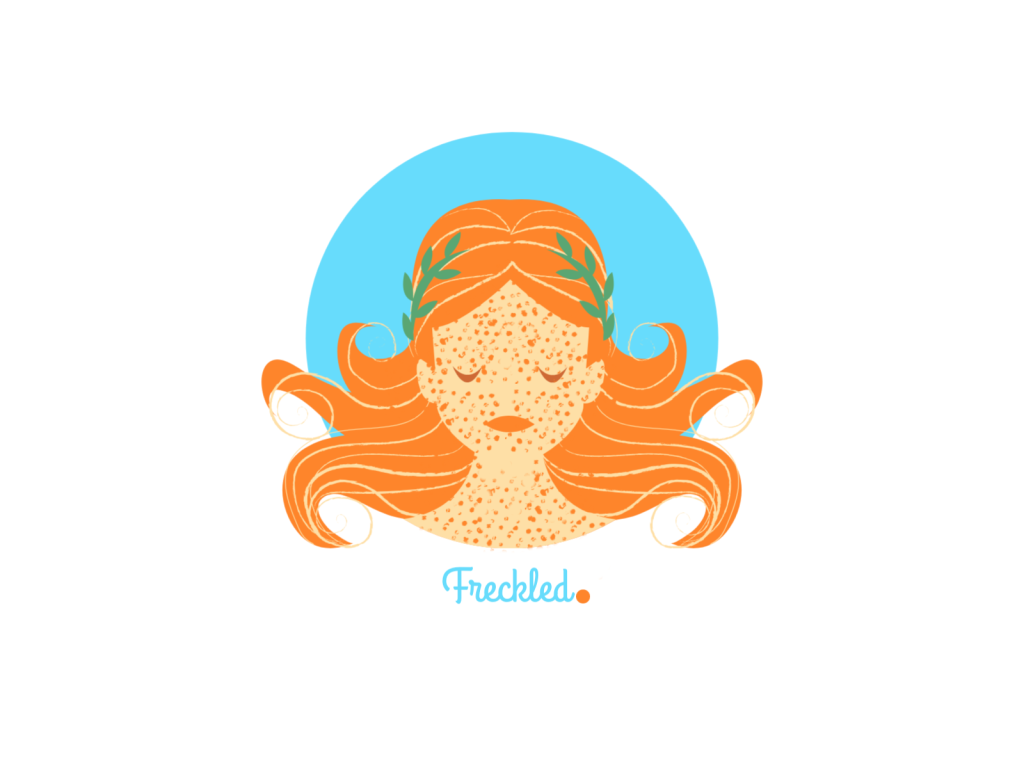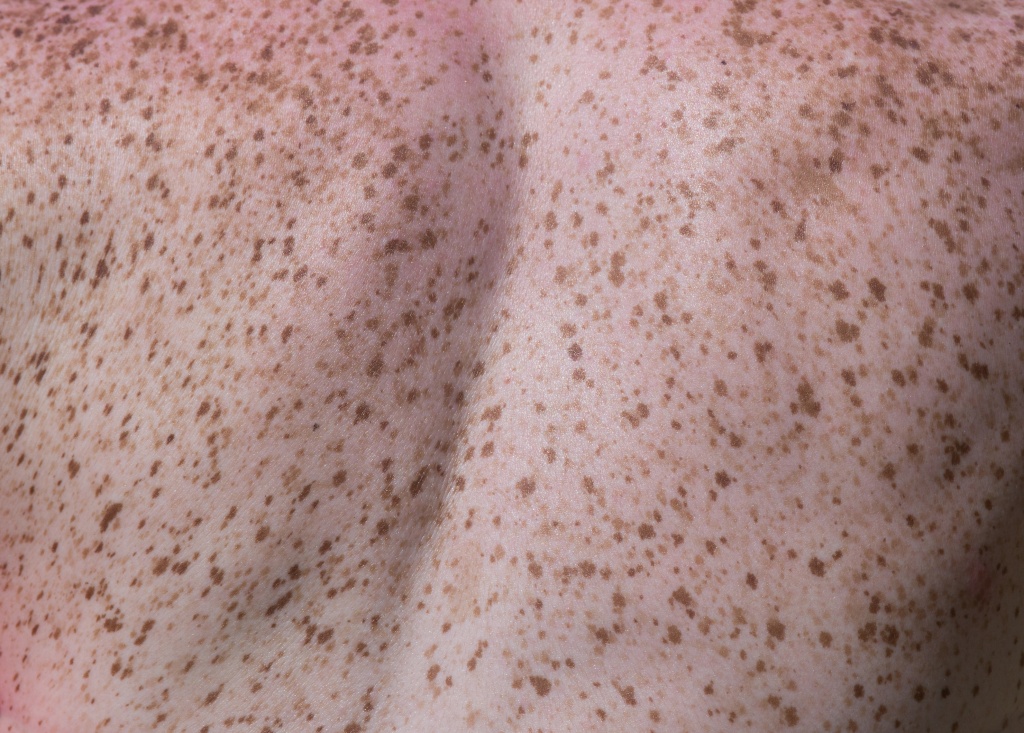
Sometimes sunscreen application goes wrong, and we have to deal with the aching, glaring soreness of a sunburn. Unfortunately, sunburns are a consequence I’m all too familiar with. But I’ve also learned how to alleviate the pain, itching, and peeling with natural ingredients found in most kitchen pantries.
Natural Relief for the Sunburned Freckled Person
Vinegar

One of my worst cases of sunburn happened when I was living in Guam. I loved playing in the Pacific Ocean and wasn’t aware how often the island sun would require me to reapply sunscreen. Fast forward a few hours and I’m tomato red with a serious case of sun poisoning.
A severe burn can cause the most subtle movement to hurt the entire body. It’s exhausting, and requires a more intense treatment. That’s how I found myself holding my nose and taking a bath in distilled white vinegar. While odorous, I could bare it for the relief it gave my skin.
Bonnie K. McMillen, R.N., B.S.N., college health nurse at the University of Pittsburgh at Bradford, told Livestrong that vinegar helps balance the PH levels of sunburned skin, kills germs that could cause infection, and relieves pain.
Aloe Vera

Sometimes the best medicine grows straight from the ground. In the case of sunburns, Aloe Vera stores a thick, clear gel in its leaves that can soothe an angry sunburn. Studies have shown that the Aloe plant species contains Aloin, which combats inflammation. For that reason, Aloe Vera gel is excellent for sunburns as well as rashes, first- and second-degree burns, and even some allergic reactions to bugs and flora.
If you don’t feel like running to convenience store, Aloe plants are fairly easy to grow. Aloe Vera plants are considered a succulent, meaning they prefer drier soil–no worries if you forget to water this plant for a little while. Plant them in a well-draining container and make sure they have six to eight hours of direct sunlight, and you’ll have a personal supply of Aloe leaves.
Green Tea

Green tea is an excellent treatment and relief remedy for singed skin. The National Center for Biotechnology Information found that in a controlled study, green tea significantly healed burned skin faster than sunburned skin that didn’t use any topical remedy.
Green tea contains compounds like polyphenols, which have been proven to have anti-inflammatory and antioxidant properties. To spot-treat a burn, simply make green tea as you normally would. Enjoy your tea, and chill the bags by leaving them in the fridge. Apply the green tea bags to the sunburned area for relief. For more coverage, chill all the green tea, then dip a rag into the liquid and dab onto your body.
Greek Yogurt

Greek yogurt is both good for the gut and the skin. Its high concentration of vitamin B can help in cell regeneration of the skin, and the riboflavins keep skin hydrated. So have a snack while you’re soothing a sunburn and save a spoonful for your skin.
Plain Water

A sunburn isn’t just an indicator that the top layers of skin are damaged. Dehydration inside the body often goes hand in hand with scorched skin cells. And, if the body isn’t hydrated, it makes it all the more difficult for your parched skin cells to recover and repair the damage.
Jeffrey Brackeen, MD, advises the Skin Cancer Foundation that sunburned skin actually draws liquids out of the body, making dehydration a greater possibility for sunburned people. To prevent this, it’s important to drink an excessive amount of water while recovering.
Chilled Petroleum Jelly
That study published in NCBI that mentioned the effectiveness of green tea on healing sunburns also studied the use of vaseline. Turns out, it’s just as helpful at speeding up the repair and recovery of a burn.
Reader’s Digest also reports that vaseline keeps quenched sunburns hydrated, and chilling the jar in the fridge first will provide some sweet relief for the aching pain.
Honey

Honey is a super power food that also has an amazing impact on sunburns. According to a study published in the American Journal of Clinical Dermatology, “honey provides a moist healing environment, rapidly clears infection, deodorizes, and reduces inflammation, edema, and exudation. Also, it increases the rate of healing by stimulation of angiogenesis, granulation, and epithelialization, making skin grafting unnecessary and giving excellent cosmetic results.”
We’ll take it! Honey works great as a quick and easy face mask for cosmetic purposes, and the U.S. military uses it in combat today to clear out infections in open wounds. Honey is everything.
I’d love to hear how you stop the itching, peeling, redness that comes with sunburns. Drop me a comment or email me at freckledtheblog@gmail.com with your favorite sunburn remedies!






